
It is known that hydrogen peroxide affects lice and nits in much the same way as some other folk remedies, in particular kerosene and vinegar. Namely, the parasites themselves die when treated with it or try to crawl out of the place of its application, however, using hydrogen peroxide from lice on the head, and even more so on the pubis, is a very risky occupation from the point of view of specialists.
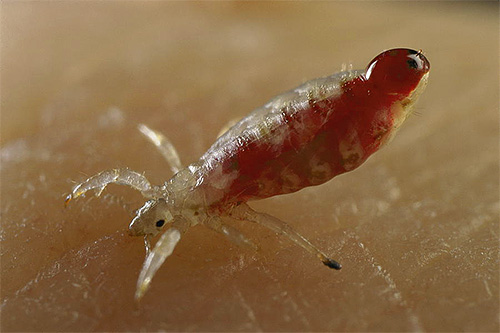
As far as peroxide is dangerous for lice, it can also be dangerous for human skin and hair.: If used improperly, serious skin burns can be obtained, as well as other not-so-pleasant side effects. Therefore, even if you still decide to use hydrogen peroxide to remove lice, you should strictly follow the rules for its use and be prepared for some troubles, which will be discussed below.
Review
“I had this, poisoned with lice peroxide. I was afraid to take kerosene, I decided to bring them out with something more “medical”. The result is no lice, no hairstyle, no, in fact, hair. Or rather, something remained on the head, but it is difficult to call it hair. Plus, such a strong chemical burn in the area of \u200b\u200bthe temples.It’s good that I have a short haircut in my life, and after a good bribe to the hairdresser, she was able to create a kind of dyed business hairstyle on the top of my head. I don’t play such games anymore, and my daughter poisoned lice with a good and expensive cream.
Oksana, Moscow
How does hydrogen peroxide work on lice?
Hydrogen peroxide is used for various medical purposes, primarily as a chemically active substance, which, due to its strong oxidizing properties, leads to the breakdown of complex organic molecules and biological structures.
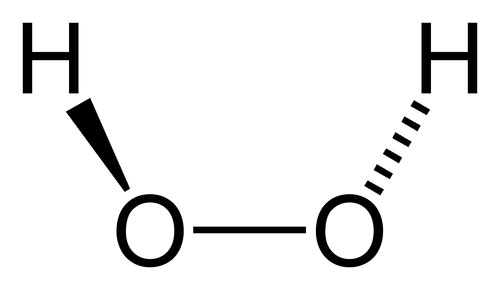
So, for example, hydrogen peroxide very effectively destroys bacteria, viruses and fungi, which ensures reliable disinfection when treating wounds with it. When peroxide is poured into deep and festering ulcers and boils, it helps to separate pus and necrotic areas from healthy tissues, thereby helping to avoid the development of gangrene and aggravation of the patient's condition.

Hydrogen peroxide also has a very active effect on lice - it damages the outer integument of the insect and literally burns out the internal tissues when it enters the respiratory tract (spiracles). Although remotely, but, nevertheless, acetic acid in more or less high concentrations acts in a similar way on lice.
Hydrogen peroxide is also effective against nits: the protective shell of the egg itself is intact, but the peroxide destroys the secret with which the nit is attached to the hair. After such treatment, the nits are much easier to comb out of the hair with a comb and even partially crumble themselves.
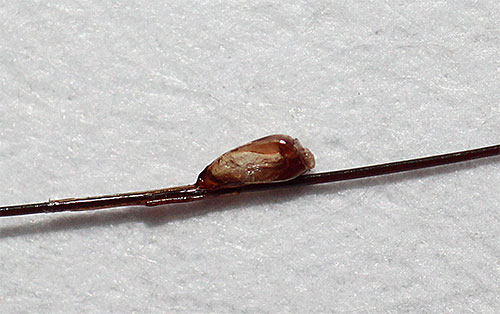
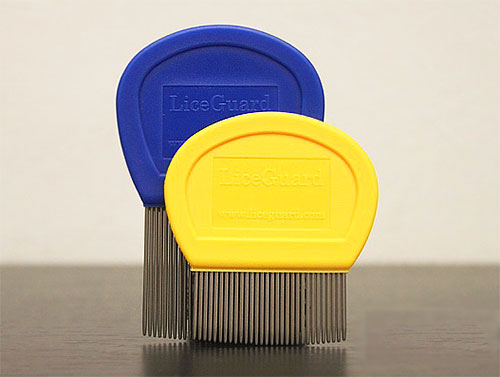
Almost always, after treating the hair with peroxide, surviving lice remain on them, not dead, but severely injured and incapable of further feeding, crawling and reproduction.Therefore, before removing lice with hydrogen peroxide, a thick comb should be prepared in advance (it is better to use special lice combs), with which such weakened individuals can be easily combed out after hair treatment.
Rules for the use of peroxide
If you already decide to use peroxide against lice, it should be used in a less concentrated form than it is sold in pharmacies. To do this, before getting rid of lice with hydrogen peroxide, the product itself should be diluted with water at least twice (from 3% to 1.5%). If this is not done, you risk getting skin burns.
And further: It's time to finally get those annoying nits out of your hair (the article has over 100 comments)
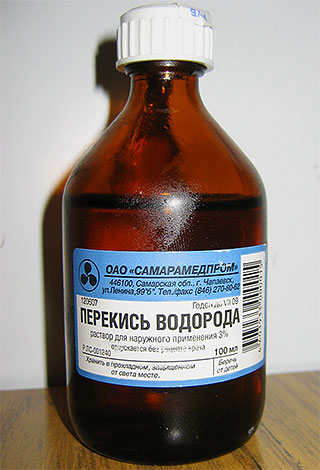
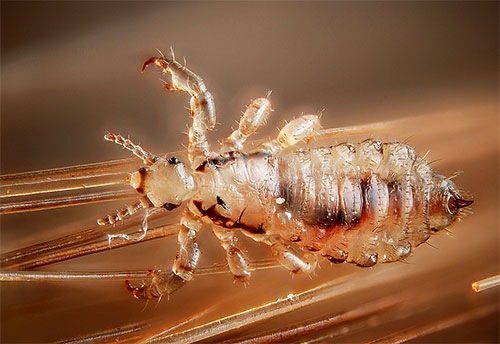
You should immediately be prepared for the fact that even with a short-term use of peroxide, the hair will change color and become lighter. And even a random delay can completely discolor them.
Important!
In no case should you confuse the usual 3% hydrogen peroxide solution, which is sold in pharmacies, and a 30% solution, which can also be found in pharmacies (usually sold in canisters), but which is incomparably more dangerous to handle. 30% peroxide is extremely aggressive and hazardous to health!
Lice and nits should be removed with hydrogen peroxide in the following sequence (we are talking about a 1.5% solution, which is obtained by diluting the pharmacy 3% by half):
- The skin is tested for sensitivity to the solution: a few drops are smeared on the skin behind the ear or on the crook of the elbow and left for a few minutes, after which they are washed off with water. If there are no red spots left at the application site, you can proceed further.Redness or itching are clear signals that the skin is easily burned by peroxide, and when applied to the entire head, you can get an extensive chemical burn. If such redness from one drop appears, peroxide cannot be used.

- The second stage - peroxide is applied to the head with a sponge, while the hair is divided into strands and moistened with a solution along the entire length. The solution should be wet and the skin under the hair. The whole procedure should be carried out quickly enough, since it is possible that in the places treated first, a sharp pain and irritation will begin, requiring the solution to be washed off, and part of the hair has not yet been processed. During processing, avoid getting the solution into the eyes.
- After 7-10 minutes, the head is rinsed with soap and water, you can sprinkle it with citric acid and rinse again.

- At the end of the procedure, wet hair should be carefully combed out with a special lice comb.

Considering that when bleaching and recoloring hair, peroxide is usually applied for 20-25 minutes, this procedure also turns out to be detrimental to lice. Therefore, many women prefer to combine business with pleasure, and use hair dye to remove parasites.
Review
“I decided so - I will go to the salon, my hair will be bleached, dyed, and I will be lice-free in a new color. But in the cabin, as they saw what was in my head, they made a scandal. It was so embarrassing, I felt like a homeless woman. Poisoning lice at home by Nix ... "
Irina, Taman
However, it should be noted that in case of a serious infection, even hair dyeing with peroxide bleaching is not always a guarantee of the destruction of all lice. Therefore, it is better to separate these procedures - first remove the lice, and then recolor the hair.
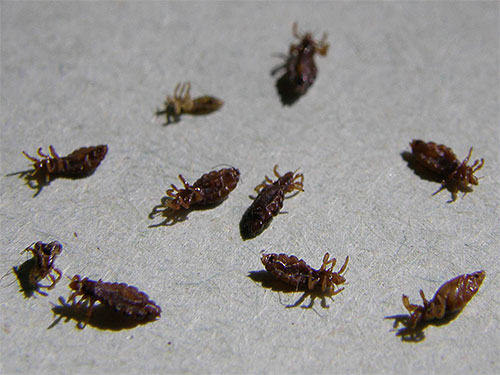
The degree of hair lightening when using hydrogen peroxide depends on the concentration of the substance and the time it is kept on the head. For 7-8 minutes of exposure to a 1.5% solution, the color of the hair practically does not fade.
Review:
“Grandma told me that peroxide helps a lot with lice. I know that it is also used to bleach hair. Why not do it all in one go? I bought myself paint, peroxide, called a friend, we sat down, smeared our head with peroxide, waited until it started to pinch, washed off - and a bunch of lice floated into the bathroom. Probably, a part remained on the hair, but also dead. Dyed, and that's it - there are no lice, there is brown hair.
Katya, Yekaterinburg
Safety above all: how not to get a chemical burn instead of lice?
Be sure to remember that hydrogen peroxide is a very aggressive substance. In some cases, the consequences of its use are more serious than the problems caused by lice.

If you don’t want to replace peroxide with safer means, in order to avoid side effects, you need to follow a few rules when using it for lice and nits:
- Be sure to check the sensitivity of the skin before each use of the product (even if you are not allergic to peroxide, suddenly you diluted it incorrectly and it is too concentrated).
- Do not keep peroxide on your head if you start to feel a burning sensation and tingling.
- Do not repeat the procedure "to consolidate the effect" or prevention - this is a serious stress on the skin and hair.
Do not use lice peroxide for children and adolescents.Their skin can react to this drug in completely unpredictable ways. Also, peroxide should not be used if there are wounds, irritations, rashes of any nature on the head. After peroxide treatment, healing of such lesions can occur with the formation of scars and scars.

Review
“The first time I poisoned lice with peroxide. I vowed not to do such stupid things anymore - it’s good that I poisoned myself. The hair turned white, broke, burns appeared behind the ears and on the back of the head, although it seemed to be doing everything according to the instructions. I survived somehow, a year later I had to poison both myself and my daughter. I bought Pedilin shampoo, washed my hair once - and no irritation, no parasites.
Tatiana, Vologda
Alternatives to hydrogen peroxide: when it is better to prefer special preparations
There are a lot of lice preparations that give a quick and reliable result on the market today:
- lice shampoos - Pedilin, Parazidoz, Lays-Gard

- emulsions and concentrates for their preparation - Medilis, Medifox, Avicin

- sprays - Pediculen, Nyuda, Paranit

- creams - Nix, Nittifor.

To combat lice in children, as well as with particular weakness of the hair, these remedies should definitely be preferred.
Each of the above drugs has its own contraindications, but they are all safer and easier to use than hydrogen peroxide. Their only drawback over this folk remedy is the cost, but for the sake of health and safety (especially when it comes to children), it is not worth saving in cases of lice infestation.
Getting rid of lice and nits: important nuances
Useful video: how to properly get rid of lice



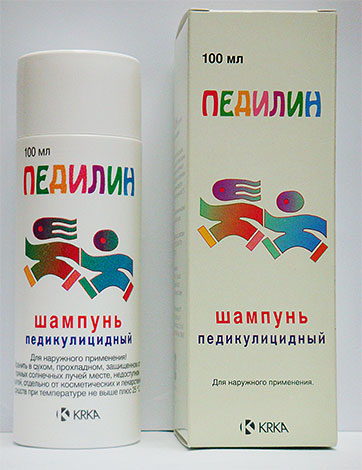
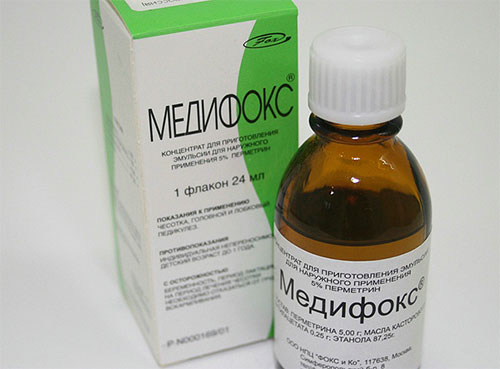
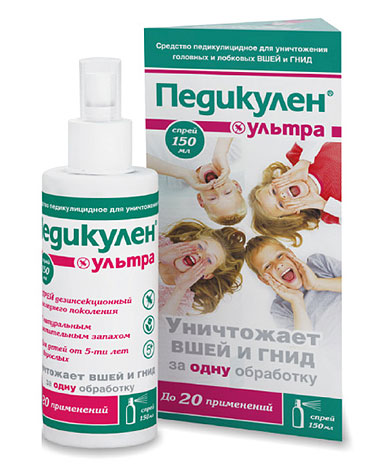
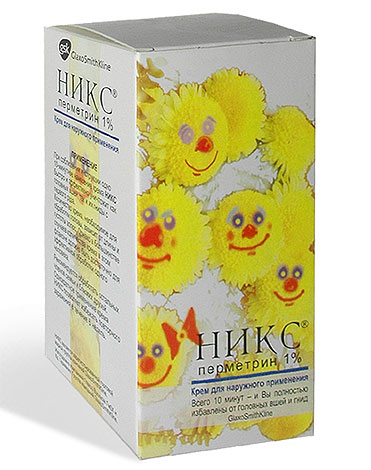
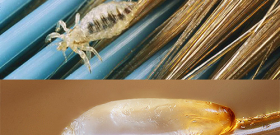
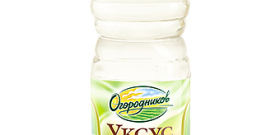
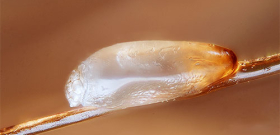
Fu-fu-fuuu.
Nasty, I don't want to be left without hair.
How to deal with it in 1 day? If the child is 9 years old.
The child is 9 years old, long hair, not thick. Three times treated with expensive shampoos and sprays of 700 and 1000 rubles. And the nits, as they were, have remained, the comb does not take them, they are painfully small, they slip. Everyone says: 21st century, buy a modern tool. And I, like a monkey, still have to comb them out. I will deduce by the old methods, I will write right away.
I want to try peroxide. Hope it gets rid of nits and lice.
Lice and nits, for a long time already, I tried all folk remedies. Don't even go to the hairdresser. Tell me what to do? There is no money for modern ones.
Peroxide
Hello! My daughter got the nits out with peroxide. The tick was alone. It was eliminated before the use of peroxide. Kept 40 minutes. The skin began to turn red, and I washed it off. Everything is gone. Peroxide 3%, did not dilute anything.Daughter 1 year and a month, hair under caret. Infected nephews. Hair in place. Be careful, it's still peroxide.
How?! Yes, in 40 minutes there will be no hair at all! Somehow I can't believe it...
I tried solvent, it's ok. But repeat after 2 weeks.
Is it dangerous for a child of 6 years to treat with peroxide?
Try hellebore water
Son is 2 years old. I thought only girls had lice. How to get rid?
I bought expensive shampoos at the pharmacy, they didn’t help (( Kerosene helps a lot, it’s cheap and there is a result.
Does hydrogen peroxide help?
For six months we have been poisoning the child with expensive, safe, and most importantly “effective” pharmacy products: lice, as they were, are. A fortune has already been spent on these funds. 4 days - and they run again, although, it seems, they combed everything out. And large adults run around. Apparently, these shampoos and sprays don’t even kill lice, and even more so, they don’t peel off nits - it was difficult to manually tear off some. Burn from 3% peroxide? It's funny how then the scratches are treated without washing it off, and no burns on the skin surrounding the scratch? Nonsense (or the work of PR people, shampoo manufacturers).